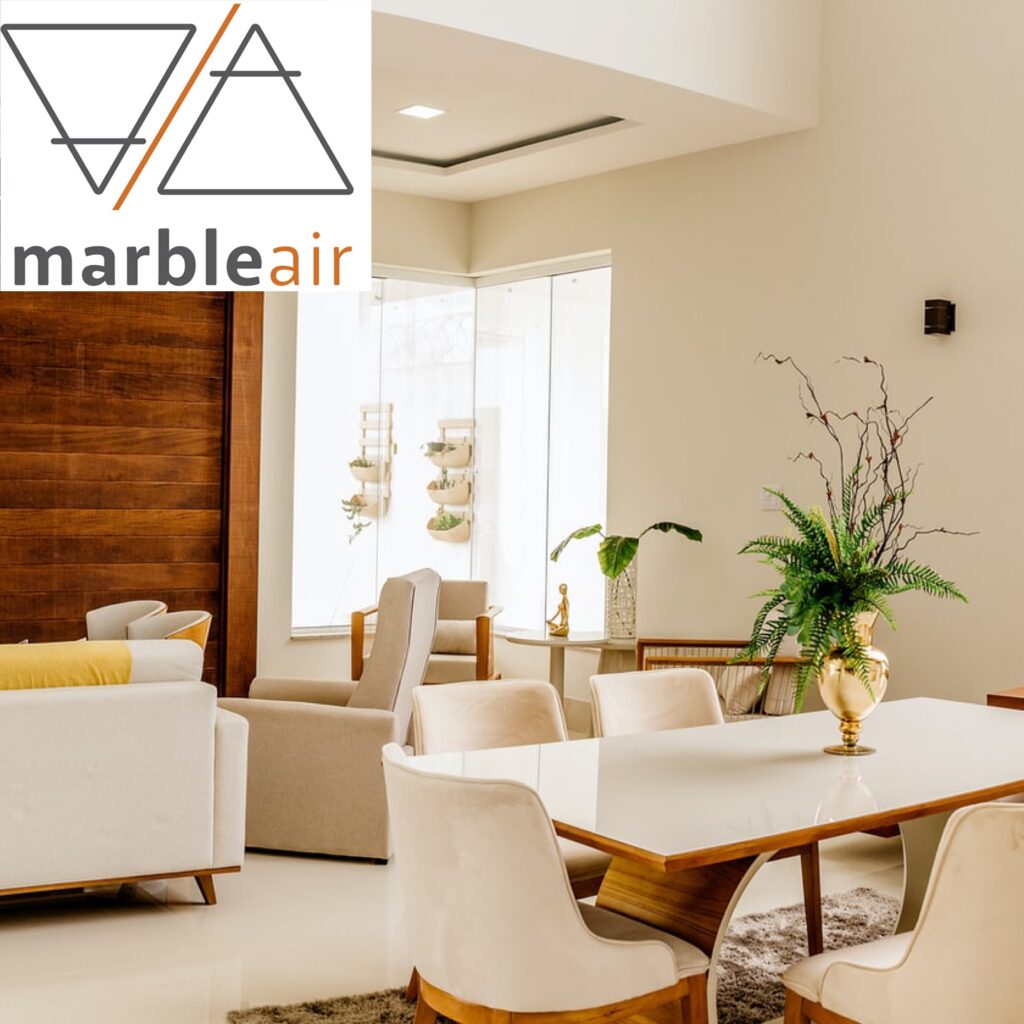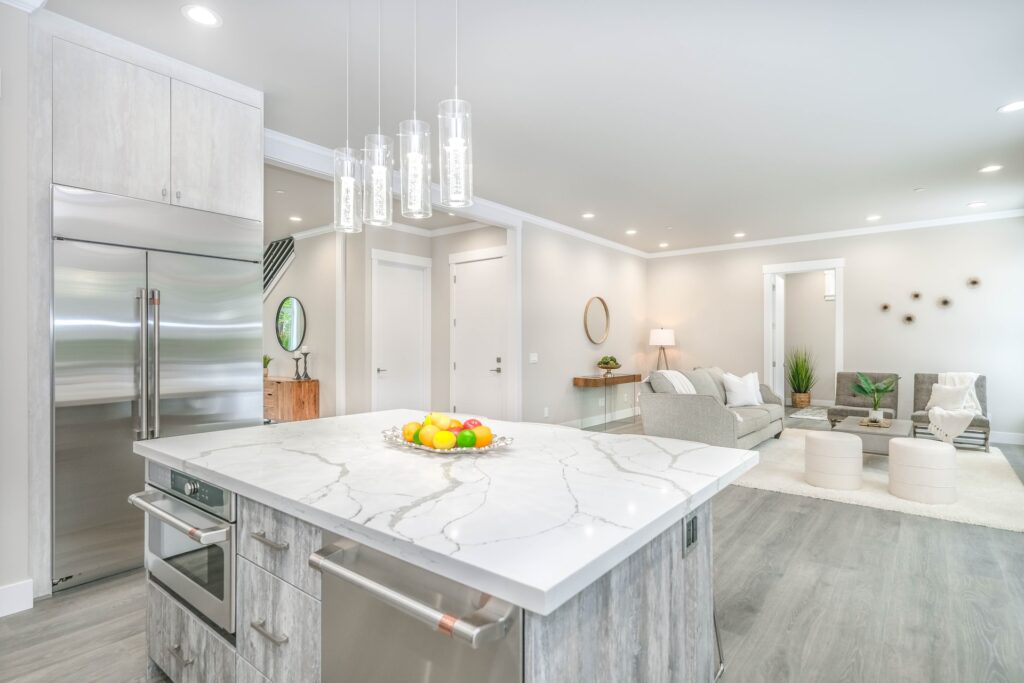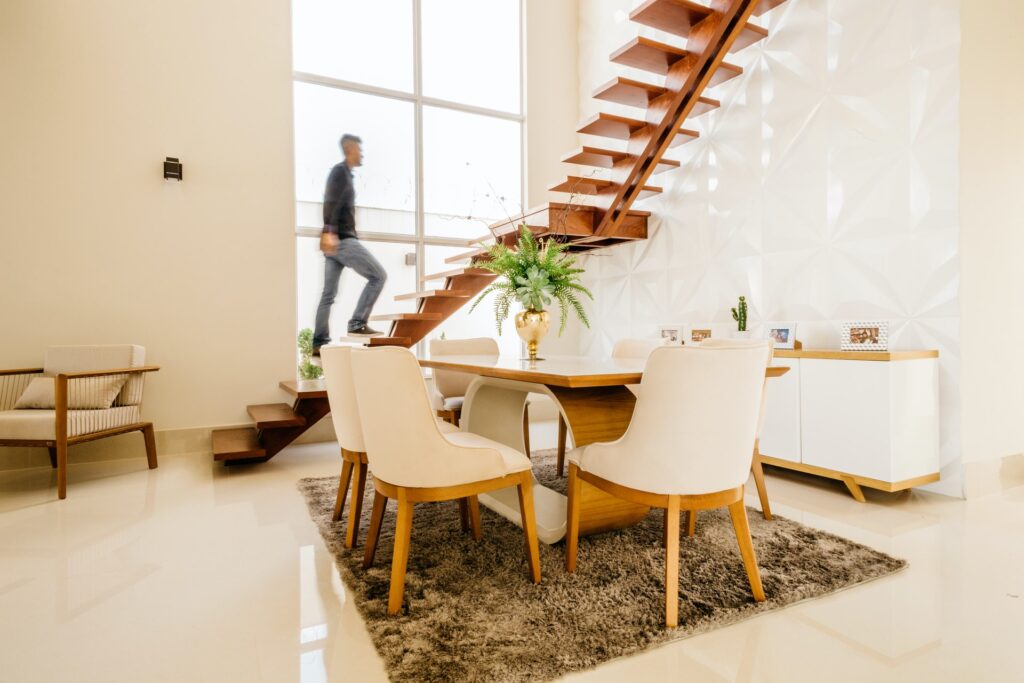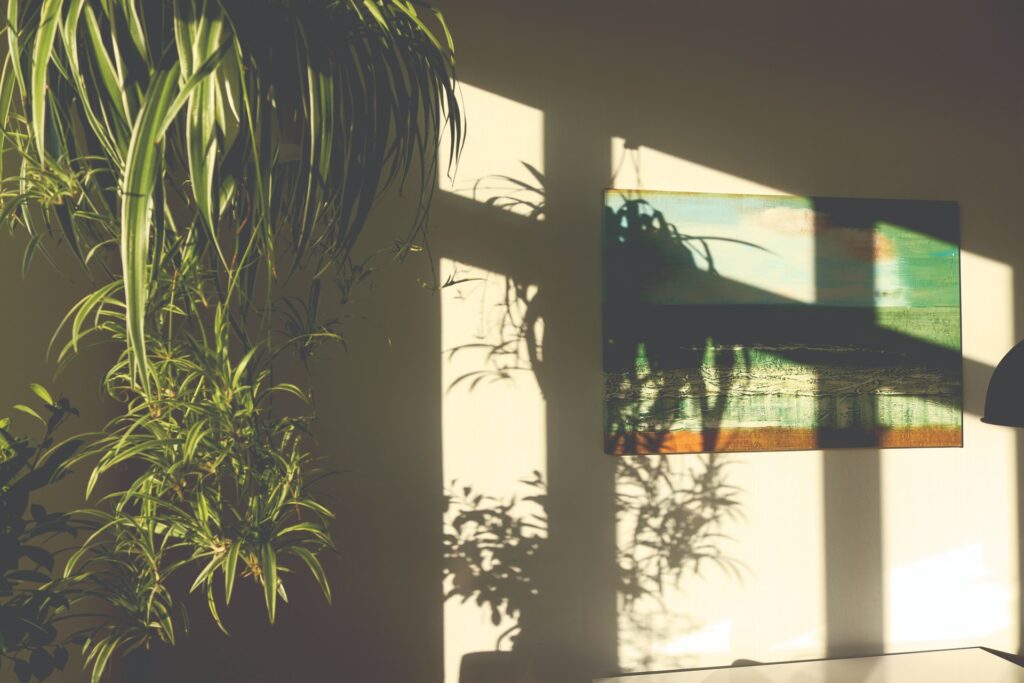3 Principles of Sustainable Interior Design

In an ever changing world where sustainability is at the heart of our lives –from sustainable fashion to workplace sustainability, it makes sense that environmental responsibility should be applied to interior design too. After all, the decisions we make in our home can have a considerable impact on the environment.
What is Sustainable Interior Design?
Before you can consider sustainable interior design, you need to know what it is. Sustainable interior design seeks to reduce our negative impact on the environment. It cuts waste, conserves resources and protects the planet for us and for all future generations. Furthermore, it creates a positive impact for the health and comfort of the occupants.
A sustainable interior design requires a holistic approach and encompasses good design and layout of its interior spaces, and the finishes, products, and materials used inside the home.
We can enjoy all the benefits of sustainable interior design by following these three principles.
- Designing for low environmental impact and energy efficiency;
- Designing for waste reduction and;
- Designing for healthy interiors.
1. Designing for Low Environmental Impact and Energy Efficiency
From an interior sustainability perspective, energy consumption is one of the most harmful factors in climate change and buildings consume huge amounts of energy. Domestic buildings are responsible for 60% of EU building energy use, and about 40-60% is heating energy (Source DG TREN) .
Interior design can play a huge role in subsiding this by reducing emissions, along with the energy needed for heating, lighting, insulation, hot water and running appliances.
Energy-efficient appliances are key to creating more sustainable interior. Wouldn’t you rather spend a little more on an energy efficient, excellent quality appliance, knowing that it will last a lot longer?
There’s no shortage of energy efficient heating solutions on the market, from solar panels, biomass boilers to heat pumps (I have written before on the benefits of energy efficient heating systems).
Lighting
Lighting accounts for nearly 5% of global emissions. Lighting alone can represent up to 40% of a building’s energy footprint. Furthermore, with the advent of highly efficient and affordable LEDs, can offer direct energy savings of 50-70%. Firstly, implementing an efficient, layered lighting scheme is not only flattering and imaginative but it will ensure you are consuming energy responsibly. An efficient lighting design will also incorporate dimming controls and timers.
Secondly, make the most of natural daylight to reduce electric lighting and save energy. This involves balancing heat gain and loss, glare control and variations in daylight availability. Interior design can optimise daylight through the use of space planning, curtains and shades, room surface finishes and furniture positioning.

Insulation
Insulation is designed to reduce energy costs and it is one of the most important factors that contribute to a building’s energy efficiency. When you think of insulation, you think of the fibreglass option, but it’s far from eco-friendly. It contains hazardous particles that can be linked to health issues. The most sustainable option is to use materials like wool, cork or cotton that only require a small amount of energy to produce and are also a safer choice.
If you are like me and not a fan of carpets, it must be pointed out that carpets are excellent thermal insulators and can retain as much as 10% of a room’s heat.
Windows and doors need to have good insulation and be framed with energy-efficient curtains and blinds. These keep cold air out in winter and hot air out in summer.
Home Decoration
When planning your interior, select lighter colours for your decor and furniture along with mirrors and shiny surfaces to bounce the natural light around the room. Look out for opportunities to make little improvements like these.
Natural lighting, efficient heating solutions, light coloured walls and decor, combined with efficient insulation, can reduce energy consumption significantly.

2. Designing for Waste Reduction
We live in a single use, throw away society that consumes more resources and makes more waste than ever before. By following the principles of sustainable interior design, you’re going to be reducing the amount of waste you create. This means get smart about what you buy. If you have to buy new, buy environmentally-friendly furniture, appliances and products that you love enough to live with for a long time.
To prevent materials and products getting discarded too often, interior designers and consumers should consider the three R’s: reduce, reuse and recycle. The goal of designing for longevity is to design durable and ageless spaces and with a long lifespan.
3. Designing For Healthy Interiors
A sustainable interior will have a positive impact on its occupants, serving to protect and enhance wellbeing. Our love of nature (Biophilia) is of ever increasing importance to our health and well-being in the built environment. Incorporating natural elements into your home have been demonstrated through research to reduce stress, blood pressure levels and heart rates.
Top Tip
Green foliage is better than air purifier at reducing toxins and regulating the moisture in the air. Plus, they have been proven to reduce heart rates and blood pressure.

A sustainable interior designer will pick materials and products with the lowest environmental impact. The best materials are those that are quickly renewable as well as those that require the least energy to manufacture and sourced in an environmentally friendly way. For example, bamboo and cork are non- toxic, non- polluting , fast growing and top choices of renewable materials.
Before you buy, check out labels, standards and certifications that give you information about the products’ provenance and help you recognise eco-friendly products.
Some of the factors to keep in mind when designing a healthy space include: clean air, efficient heating and lighting, natural light, non-toxic materials, reducing waste and nature.
Conclusion
By creating sustainable interiors we can positively enrich lives and provide a healthier working and living environment and minimise the negative impact on the environment.
How will you make your interior design more sustainable?
We can offer you our expert advice to ensure that the whole of your interior design project is as sustainable as possible. Contact our team now
